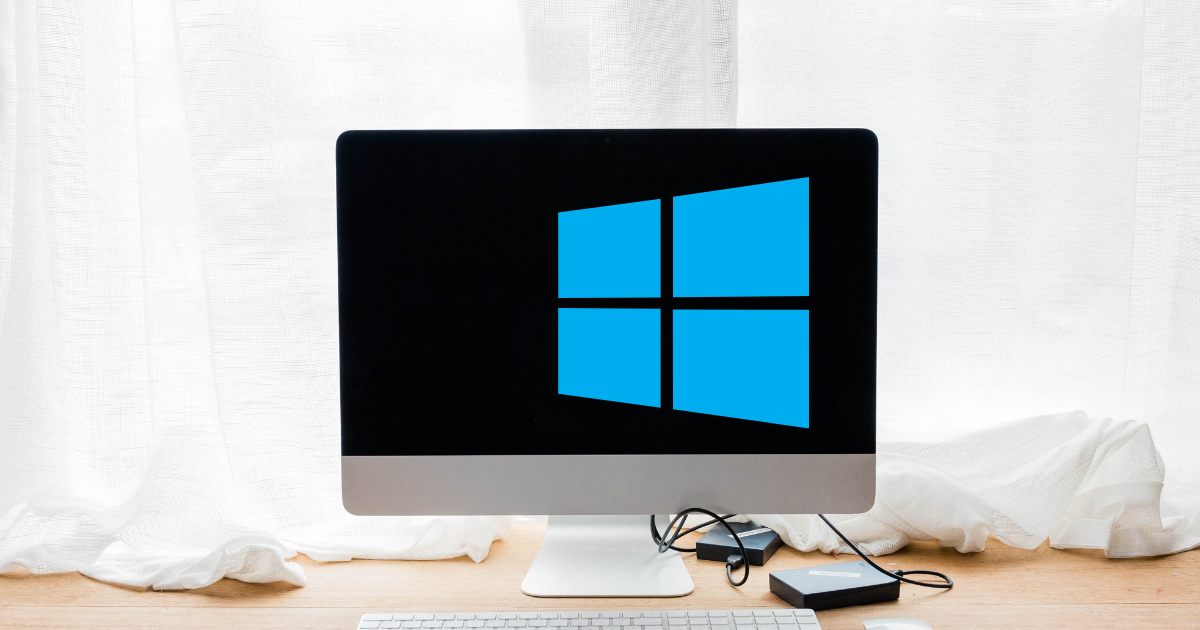In a recent blog post, Microsoft’s Executive Vice President Yusuf Mehdi revealed that Windows is now running on over one billion active devices around the world. While the number sounds impressive, it actually signals a significant drop in users compared to previous years.
According to ZDNET, Microsoft’s 2022 annual report showed that Windows 10 and 11 were powering more than 1.4 billion devices at the time. Since such reports undergo thorough legal review, the data is considered reliable — meaning Microsoft has lost roughly 400 million users in the span of three years.
This quiet decline may shed light on why Microsoft has become more aggressive in pushing users to upgrade to Windows 11. With support for older versions gradually ending, the company appears to be nudging users to either update their current systems or purchase new hardware that supports the latest version.
“Windows is now on over one billion active devices,” Mehdi stated in his post — a milestone that still carries weight, but also reveals the shifting landscape in the PC world.
The drop underscores Microsoft’s broader strategy to modernize its user base, even if it means letting go of older, less compatible systems.
While Apple’s macOS—especially since the launch of Apple Silicon—has become a more serious competitor to Windows, it’s unlikely that all of Windows’ lost users jumped ship to Macs. In fact, Mac sales have also declined. According to Statista, by 2023, Macs had dropped to just 7.7% of Apple’s total revenue, down from a time when they made up over 85%.
Instead, the decline in Windows users seems to reflect a much broader trend: the global shift toward mobile-first computing. With smartphones and tablets increasingly taking over everyday tasks like browsing, emailing, and streaming, fewer people rely on traditional desktop operating systems like Windows.
Adding to Microsoft’s challenges is its decision to enforce strict hardware requirements for Windows 11, which has effectively shut out millions of users with older — yet perfectly functional — machines. Many of these users are now stuck on unsupported versions of Windows, while others have abandoned the platform altogether.
Windows 11 hasn’t exactly won hearts either. The operating system has drawn criticism for being less user-friendly than Windows 10, with complaints focused on a confusing interface, aggressive data collection, and a growing resemblance to Apple’s design language — something that hasn’t sat well with longtime Windows users.
“It feels like Microsoft is forcing users into a walled garden experience — and not everyone wants that,” one user commented in a popular tech forum.
Between hardware limitations and user dissatisfaction, Microsoft faces an uphill battle to regain trust and boost adoption of Windows 11.
